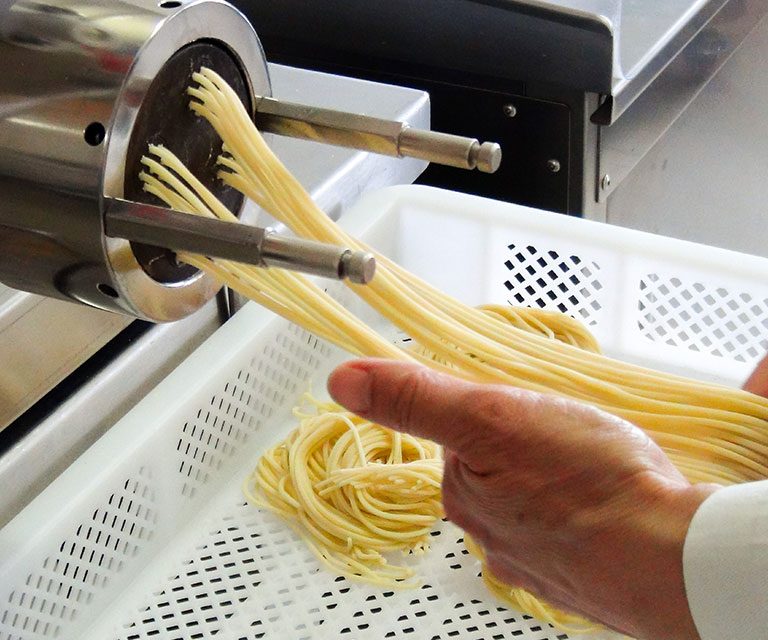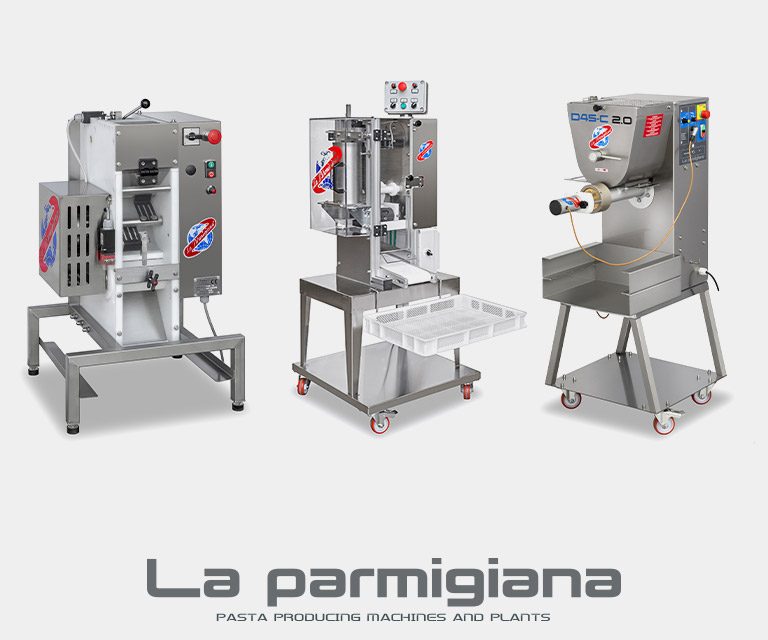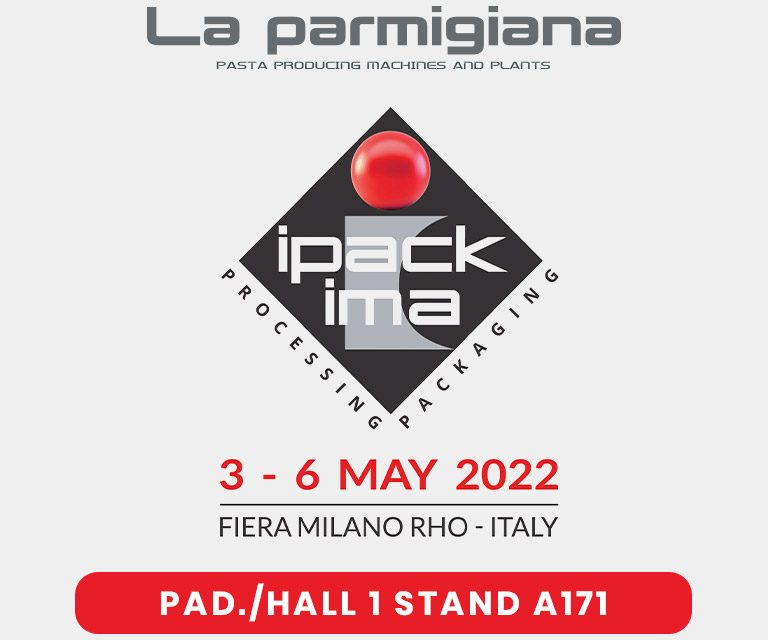The use of cooling system for the production of fresh pasta in Restaurant machines or small laboratories
As far as the restaurant market is concerned, the tendency is to have easy-to-use, space-saving machines that can be moved easily, given the limited space available in existing kitchens. This is difficult to reconcile with the cooling system, which was created to prevent the temperature of the channel, during extrusion, from rising above the 45°C recorded outside the channel, a temperature that causes a sort of pre-cooking of pasta, compromising its quality in every respect.
The cooling of the channel can be achieved using true temperature-controlled refrigeration machines, or using running water, connecting it to the channel through dedicated pipes.
In the first case, the solution is excellent because the temperature can be kept constant, guaranteeing unaltered quality throughout the extrusion process. However, the cost of these refrigeration machines is not insignificant, and often exceeds 50% of the cost of the pasta machine, extending the payback period and creating problems of placement and ease of handling.
In the second case, the expense will be almost zero (water must not be recycled but not-reusable, otherwise the temperature will rise), but there will be no precise temperature control, with the risks mentioned above. In addition, the connection to the plumbing system is not very suitable for ease and simplicity of use and very often, the connection to the water supply is not located where you would like to place the machine during production.
Restaurant machines are normally single tank machines and sized to run for one to three hours at most consecutively. This is due both to design constraints, the usual commitments of the kitchen staff, and because once a certain production rate has been exceeded, it is worth considering upgrading to a model with a higher production capacity.
However, after machine construction standards banned the use of bronze for the construction of channels or screws, La Parmigiana designed these parts with the aim of avoiding the risk of overheating during extrusion, while complying with the new directives.
The use of special materials, low rotation speed, external geometry, heat treatment and surface finishes for these applications ensure that temperatures are kept below the risk threshold, for intensive use as well.







